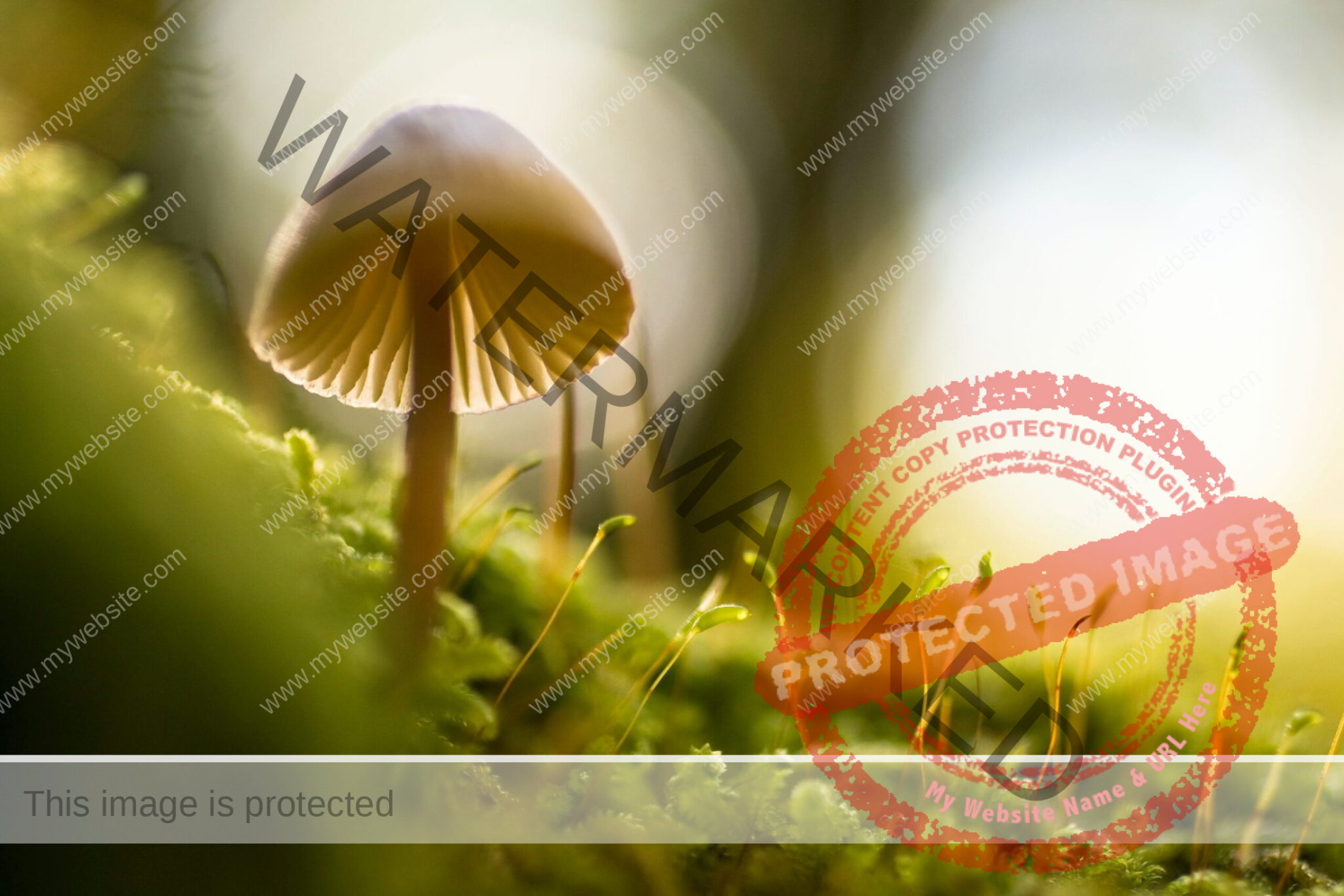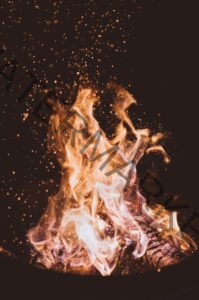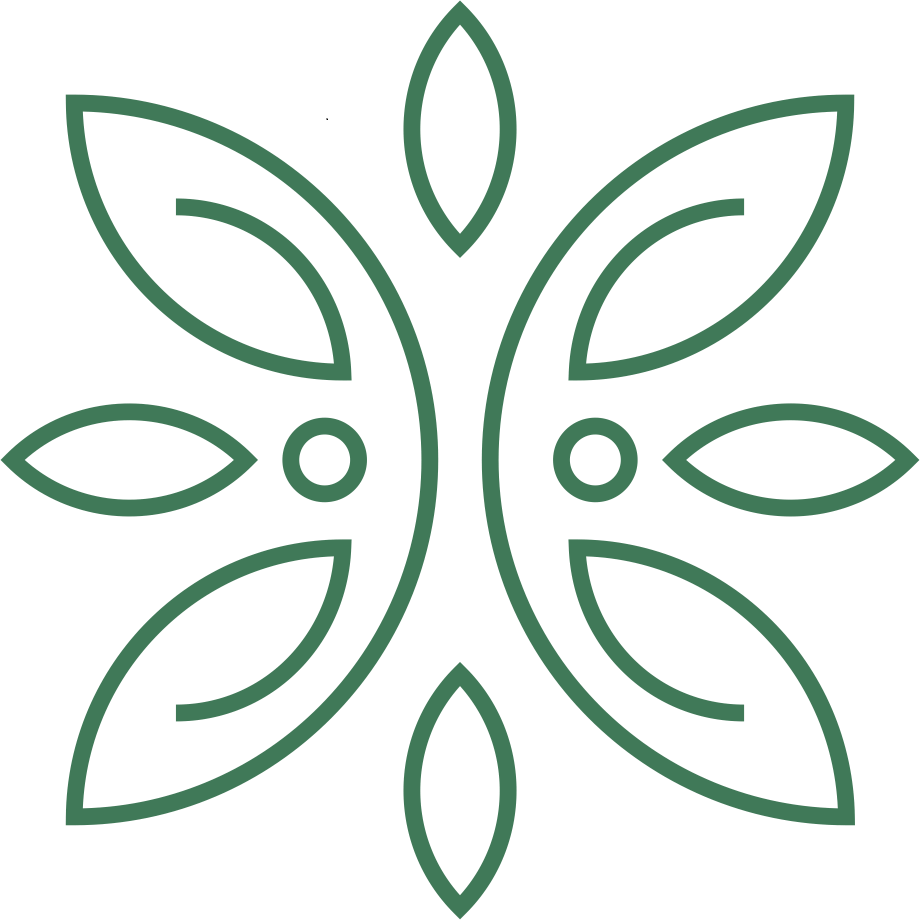
How much psilocybin is typically used to treat depression? Psilocybin-Assisted Therapy
29 May 2023
Exploring the Role of Psilocybin in the Treatment of Depression

Introduction
Depression is a complex mental health condition affecting millions worldwide. Traditional treatments such as therapy and medication have limitations, prompting researchers to investigate alternative options.
One such emerging avenue is the use of psilocybin, a naturally occurring psychedelic compound found in certain species of mushrooms. In recent years, there has been growing interest in psilocybin-assisted therapy for depression.
This blog aims to delve into the topic and discuss how much psilocybin is typically used to treat depression in clinical trials and therapeutic settings, shedding light on its potential as a novel treatment for depression.
Understanding Psilocybin and its Mechanisms
Psilocybin is a psychoactive compound that interacts with serotonin receptors in the brain, specifically the 5-HT2A receptors. Upon ingestion, psilocybin is converted into psilocin, the active form responsible for its psychoactive effects.
These effects include alterations in perception, mood, and cognition. Researchers believe that the compound’s interaction with these receptors, along with its ability to induce introspective and transformative experiences, may contribute to its therapeutic potential in treating mental health conditions such as depression.

The Rationale behind Psilocybin-Assisted Therapy
Psilocybin-assisted therapy or psilocybin ceremonies involve the administration of a controlled dose of psilocybin in conjunction with therapeutic support (Kargbo, 2020). The therapy session is conducted in a safe and supportive environment, with trained professionals guiding the experience.
The rationale behind this approach is that the psychedelic experience induced by psilocybin can help individuals gain new insights, shift perspective, and experience emotional breakthroughs. It is thought that these profound experiences, when paired with therapeutic integration, can lead to long-lasting improvements in mental health and well-being.

Dosage Guidelines and Clinical Trials
Determining how much psilocybin is typically used to treat depression is a critical aspect of research and therapeutic implementation. While there is ongoing exploration in this field, clinical trials have established some initial dosage guidelines.
It is important to note that these guidelines may vary based on individual factors, including a person’s overall health, previous experiences, and the specific therapeutic context. Moreover, the research is still evolving, and standardised dosages are yet to be universally agreed upon.
In recent clinical trials, dosages typically range from 10 to 25 milligrams (mg) of psilocybin, administered in a single session. This quantity is considered a moderate to high dose, as it can induce intense psychedelic experiences. The specific dosage within this range depends on various factors, including the goals of the therapy, the participant’s history and response to previous sessions, and the guidance of the clinical team.

Factors Influencing Psilocybin Dosage
Several factors influence the dosage of psilocybin used in treatment, including the individual’s tolerance, previous experience with psychedelics, and their overall physical and mental health. Additionally, the therapeutic model employed can also influence the dosage.
For example, in some cases, a series of lower dose sessions may be preferred over a single high-dose session. This approach allows for progressive exploration and integration of experiences.
Safety and Monitoring
Psilocybin-assisted therapy is typically conducted in a controlled clinical or therapeutic environment with trained professionals. Strict safety protocols are followed to minimise potential risks and ensure participant well-being. These protocols include pre-screening to identify contraindications and monitoring vital signs throughout the session. The presence of a trained facilitator helps provide a safe container for the experience and supports the integration of insights gained during the session into daily life.

Conclusion
While the field of psilocybin-assisted therapy for depression is still in its early stages, initial clinical trials have provided promising results. The typical dosage of psilocybin used in these trials ranges from 10 to 25 mg, administered in a controlled therapeutic setting.
However, it is important to recognise that individual factors and therapeutic context play a crucial role in determining the appropriate dosage. Further research is necessary to establish standardised dosages and guidelines for the use of psilocybin in the treatment of depression.
Nonetheless, the growing body of evidence suggests that psilocybin-assisted therapy holds considerable potential as an innovative approach to address the burden of depression.


